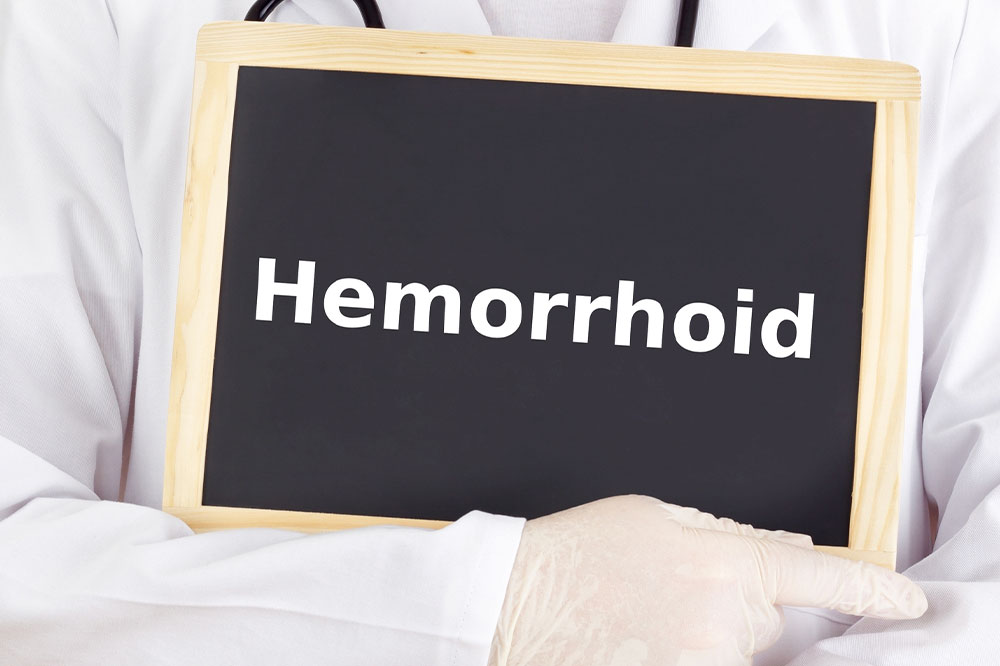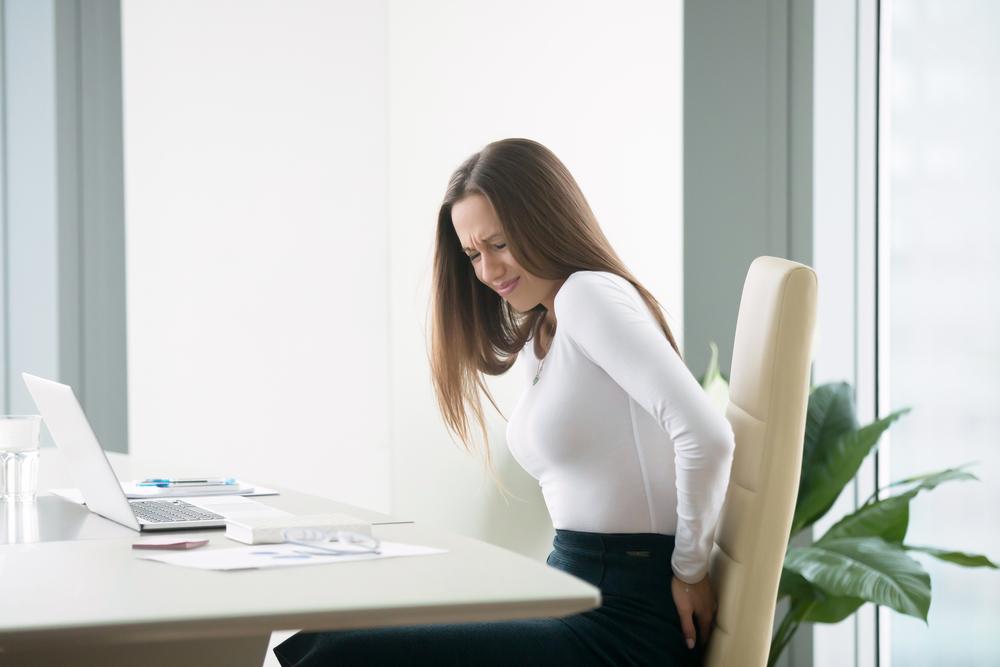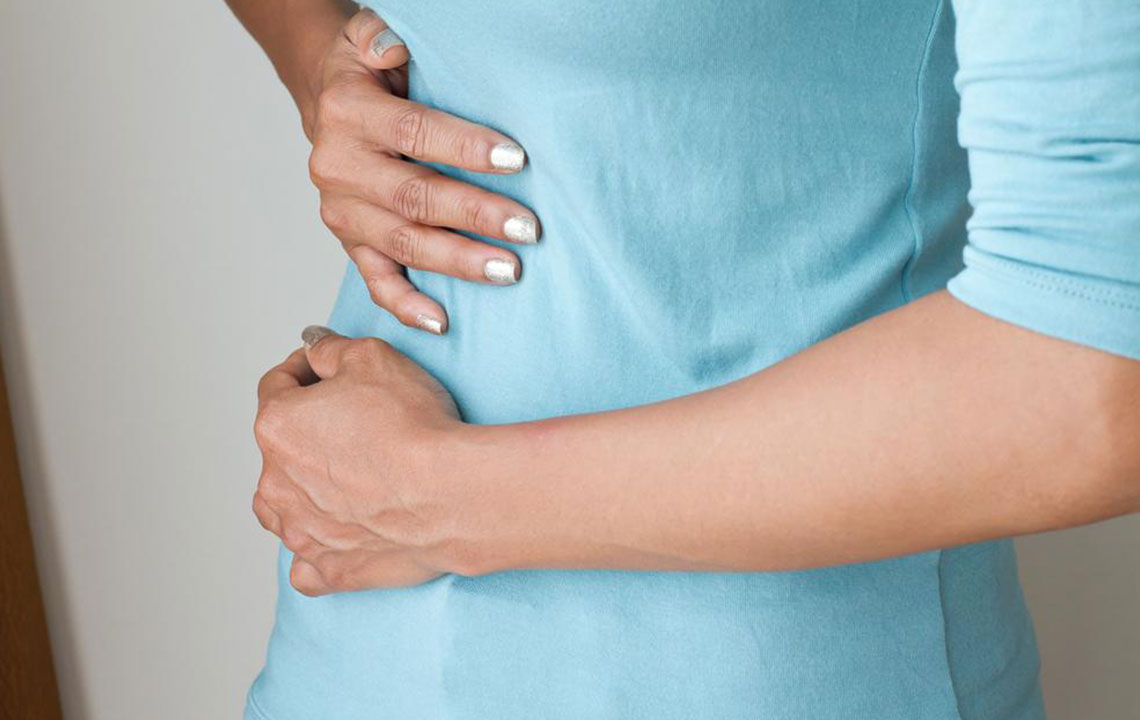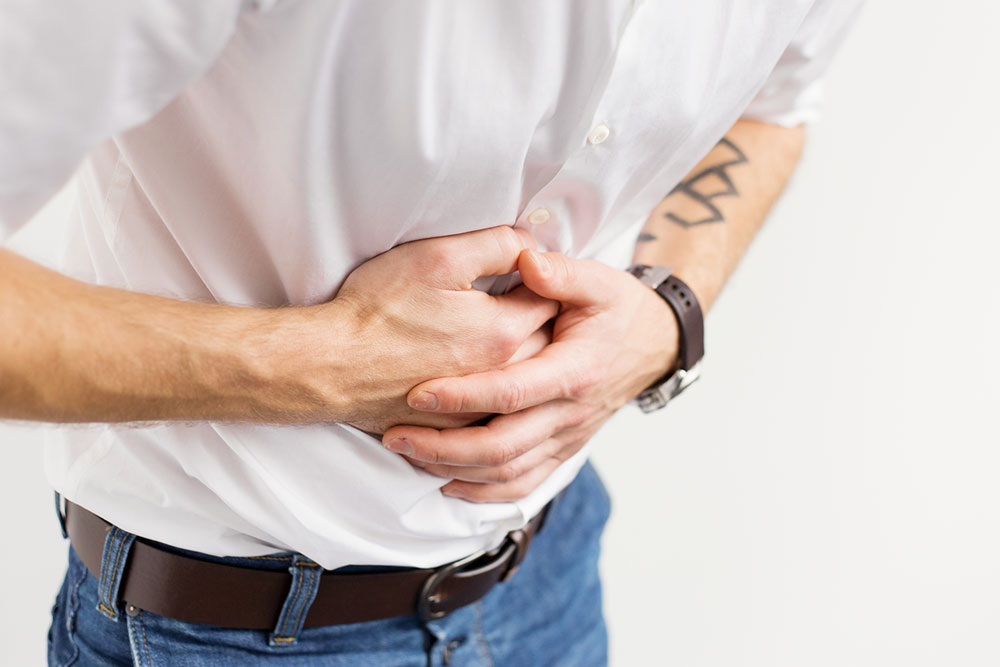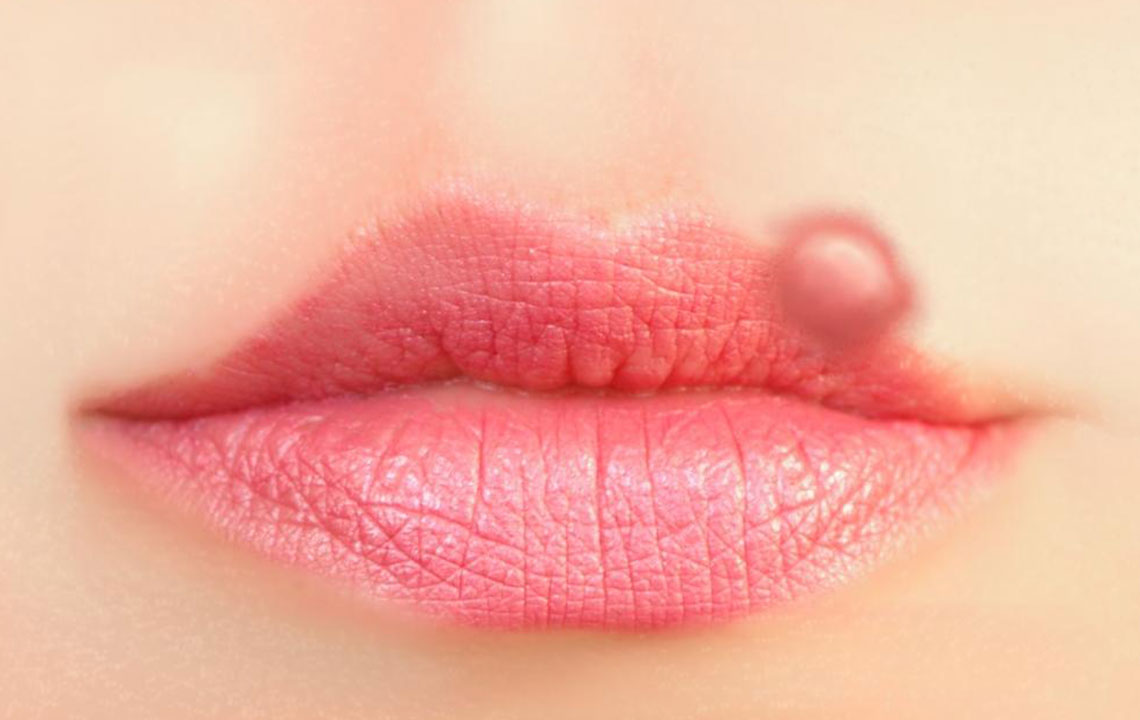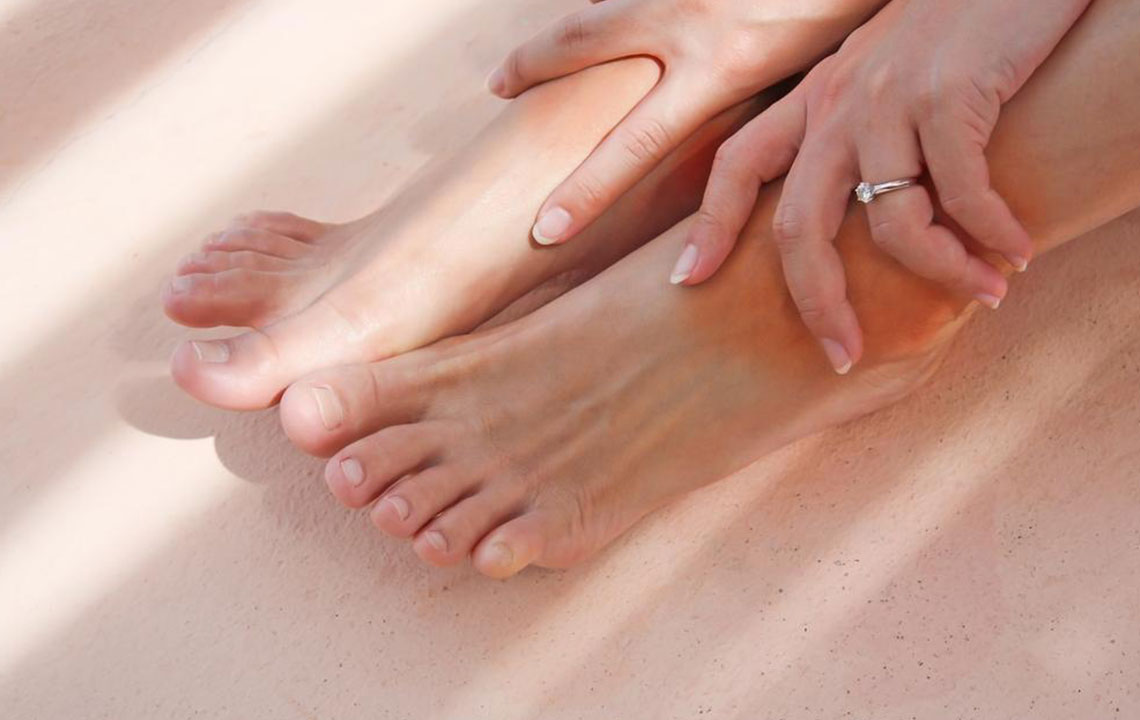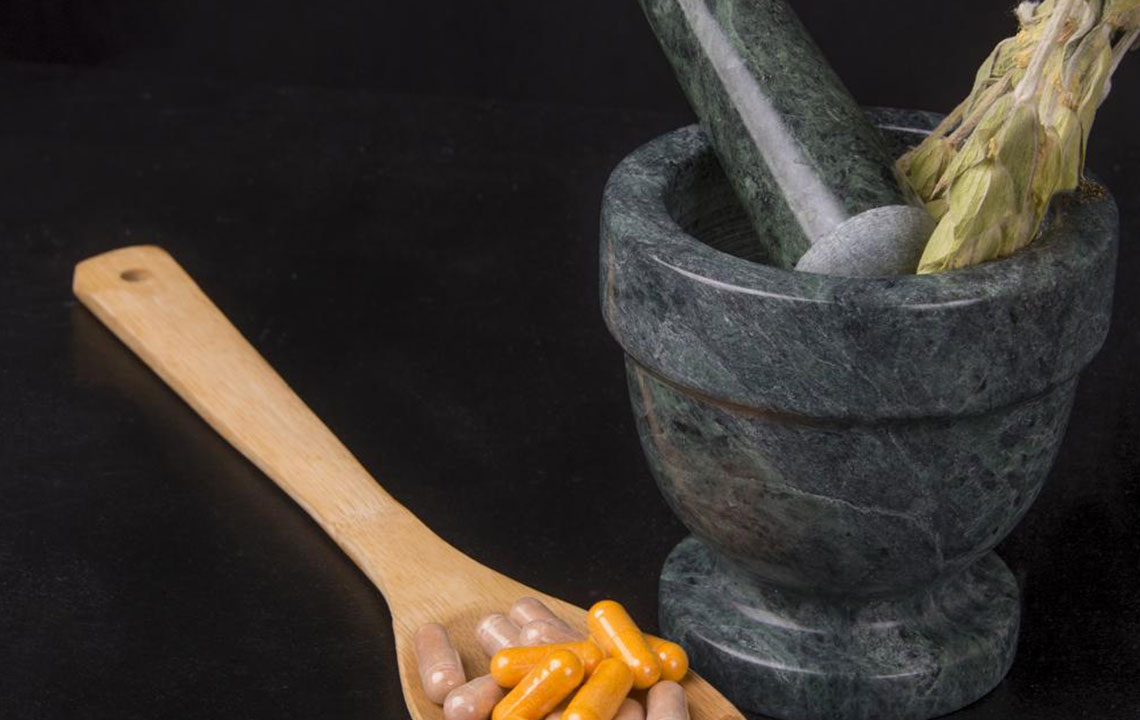Understanding Hemorrhoids: Causes, Signs, and Prevention Strategies
This comprehensive article explains the causes, symptoms, types, diagnosis, and prevention of hemorrhoids. It discusses both home remedies and medical treatments, emphasizing lifestyle changes to manage and prevent this common condition. Perfect for those seeking reliable health information on hemorrhoids, it highlights key strategies for early detection and effective management.
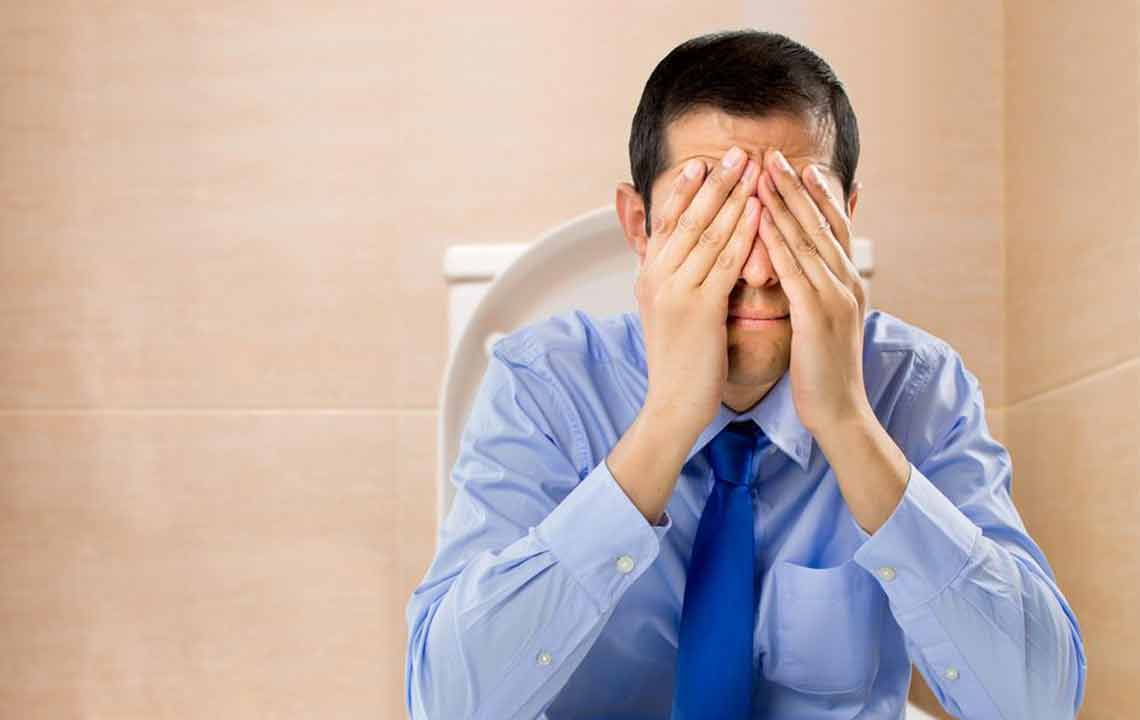
Understanding Hemorrhoids: Causes, Signs, and Prevention Strategies
Hemorrhoids, commonly called piles, are swollen blood vessels in the walls of the rectum and anus. These vessels are cushioned by muscles and connective tissue, swelling due to increased pressure causes discomfort. They are widespread and typically occur at some point in life, becoming more common with age as vein tissues weaken and stretch. Mild hemorrhoids often resolve on their own, but larger or inflamed ones may cause pain, irritation, and bleeding.
Management includes topical treatments, lifestyle modifications, and home remedies. Persistent cases require medical diagnosis and possibly surgical intervention.
Types of Hemorrhoids
Hemorrhoids are classified based on their position relative to the pectinate line. The main categories include internal and external hemorrhoids. Internal hemorrhoids develop inside the rectum above the pectinate line and usually do not cause symptoms unless irritated or prolapsed. External hemorrhoids arise outside the anus beyond the pectinate line and may cause pain if clotted or inflamed.
Causes of Hemorrhoids
Increased pressure in the rectal blood vessels leads to swelling and discomfort. Factors contributing to this include:
Prolonged sitting, especially on the toilet
Straining during bowel movements
Chronic constipation or diarrhea
Low-fiber diet
Pregnancy
Obesity
Poor posture or spinal injuries
Anal intercourse
Symptoms
Common signs include:
Discomfort and pain during sitting
Swelling around the anus
Itching or irritation during bowel movements
Blood in stool
Painful lumps near the anal area
Diagnosis
External hemorrhoids are visible upon physical examination. Internal hemorrhoids require further tests, such as:
Rectal examination with a lubricated finger
Medical history review for related symptoms
Anoscopy for viewing the anal canal and rectum
Colonoscopy or sigmoidoscopy if other conditions are suspected
Treatment Options
Most hemorrhoid cases can be managed with home remedies or medications. Severe cases may need medical procedures or surgery. Home methods include warm sitz baths, stool softeners, dietary fiber increases, and ice packs. Medical treatments involve topical ointments, oral medications, laser therapies, or surgical removal (hemorrhoidectomy). Stapling procedures are also common to reduce hemorrhoid swelling.
Prevention Tips
Preventive measures focus on reducing pressure in the rectal area:
High-fiber diet
Staying well-hydrated
Regular exercise
Avoiding prolonged sitting
Prompt bowel movements when the urge arises
Minimizing straining during defecation
Using fiber supplements if needed
Consult your healthcare provider before starting any treatment or significant lifestyle change for hemorrhoid management.

